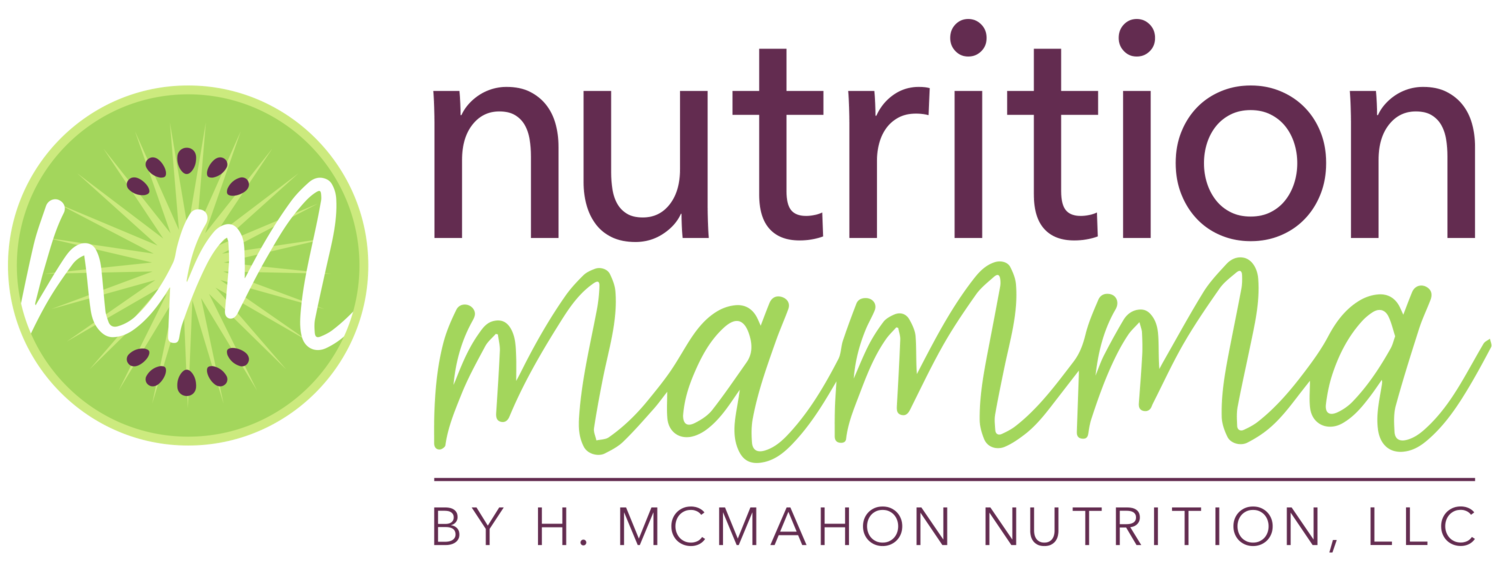Quickly & Easily Tackle Your Fear of Choking & Gagging With BLW
You’ve purchased all the plates, bibs, spoons, cups, you name it.
You’ve planned out baby’s first foods.
You’ve set up the high chair for baby to hang out in while you eat dinner for that ‘pre-eating experience’.
But you haven’t started feeding her because…you’re AFRAID.
What you’re imagining are these lovely little family dinners where she is eating the same thing as you, and eating masterfully. You have a skilled little eater!
In order to get there, you need to start, right?
Let me tell you: the fear of choking holds SO many people back.
Most people hear the concept of BLW and immediately think, “Oh, that’s not for me, I’m terrified of choking.”
I thought that.
My friend thought that.
Most people I work with say that choking their number one fear with doing BLW.
It’s okay to feel this way!
It means you love your baby more than anything and will do anything in your power to keep them safe.
It means you are apprehensive about something so new.
Most people think that the risk of starting baby on solid forms of food is more dangerous than purees, but this simply isn’t true.
When foods are prepared safely, baby has no higher risk of choking than they do with purees, according to research!
Can choking happen? Yes. It’s very rare, but can happen.
What is more common, though, is gagging, especially in the beginning.
When babies are very young, their gag reflex isn’t necessarily stronger, but it is triggered closer to the front of the mouth.
Gagging, while it can be scary to watch, is a normal, healthy reflex that prevents food from falling into the airway.
In other words, it’s protecting your baby!
As baby learns to handle new textures and shapes in their mouth, sometimes food slides back quicker than they intend, triggering this gagging reflex.
All babies will likely gag somewhere in their eating journey. Some more than others, and that is okay. As they learn to maneuver foods around in their mouth and master their new skill, you will probably notice it less and less.
What is the difference between gagging and choking?
Check out the chart below to see the main differences:
Remember that not all signs have to be present for a gag or choke to be happening so use your best judgement.
I’m not providing these lists to scare you, but rather prepare you, knowing that anything is possible.
Being prepared doesn’t necessarily take the fear away, but it can make us feel ready when things do happen.
I’ll be honest. I was so nervous for the first 2 weeks that I sat on the edge of my seat, had a short temper, and kept getting headaches! As I watched my daughter learn, I felt so much better.
So what can we do to prepare ourselves for gagging and choking?
1. Take an Infant/Child CPR course and/or get certified. This is my number 1 recommendation when starting BLW. In fact, I think it’s so important, that all of my First Foods Academy students get a reward from me for sending me the completion of their online course! You don’t necessarily have to be certified in CPR, but taking a course will help prepare you. I recommend this over just watching a random 30-second video. Taking an actual certification course will give you hands-on experience with an instructor, which is also great if you want to go that route.
2. Know the difference between gagging and choking. Print this chart out and put it on your fridge where you see it often!
3. Watch videos of other babies gagging. Sometimes seeing other babies gag and recover helps us to feel more prepared for what we might see with our own baby.
4. If your baby is gagging, coach them through it. Say things like “You’ve got it, buddy” or “You’re doing great, good job!”
5. Stay calm. Do NOT jump toward them or gasp. When a baby is gagging, the last thing we want to do is actually scare them more! Showing your fear to baby can cause them to gasp or jump as well, leading to a possible choking episode.
6. If possible, start early feeding with 2 adults present. Sometimes it’s easy to let our fear get in the way of letting our babies do their thing. If you have the option to have 2 adults present, excuse yourself from the room if you’re getting too nervous.
7. Always keep an eye on your baby when they are eating. Whether you are sitting at the table with them or standing nearby, keep a close eye to watch for any signs of needing intervention.
8. If your baby is truly choking, quickly remove baby from the high chair and perform choking first aid and CPR as needed. Call 911 if necessary, and follow up with your pediatrician as recommended by the emergency professionals.
Remember, gagging bothers us way more than it bothers baby! I’ve often seen that as soon as baby is done gagging, they go right back to eating the piece they gagged on. 🙃It’s all part of the learning process.
I coach my First Foods Academy clients through fears such as gagging/choking regularly, and we talk through the incident or experience.
Most parents feel better after talking through it and making any food prep changes as needed.
If having that support at your fingertips is important to you, I’d love to offer you a complimentary discovery session to see if First Foods Academy might be right for you!
Apply today. 🥝
**This content is not to replace or take precedence over any conversations with your child’s medical providers, such as a pediatrician, dietitian, feeding therapists, etc. Any advice or information here is for informational purposes only.


